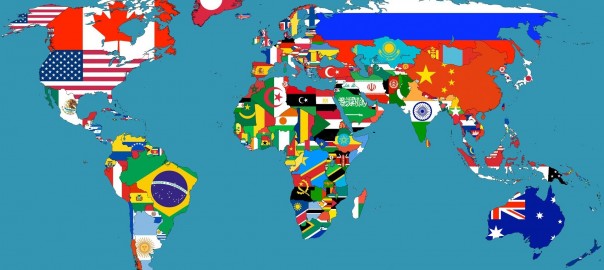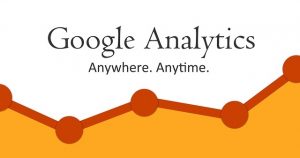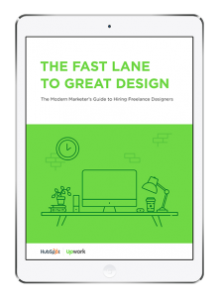We live in an increasingly shrinking world, and it’s become easier than ever to be an international vendor. Depending on what threshold value you use to calculate “ecommerce” there’s between 110,000 and 24 million ecommerce sites in the world, but only a fraction of them truly serve an international audience.

What does it mean to serve, as opposed to take orders? It means:
- Having landing pages that are in the native language of the market targeted.
- Ensuring currency is easily convertible and you’re able to see the clients’ true value (and they’re able to have a seamless experience).
- And most importantly, a smooth process of going from prospect to customer (this includes site speed, check-out, and shipment expectations).
Serving a non-domestic market can take a lot of work, but you can’t afford to leave the money on the table. Here’s why:
Lower Costs per Click
Distilling the perfect maximum cost per click (CPC) for your products (whether in Search, Shopping, or the Google Display Network) is an expensive endeavor as there will be flux in CPA while you’re finding that magic number. International markets come at an inherent discount, so the flux in Max CPC isn’t as prominent. Not to mention, once you find your magic Max CPC, you’re looking at a significant discount: the average CPC in India is $ 0.32 but the average CPC in the US is $ 1.65. Granted, these are averages, and not all clicks will be conversions, but if you can get an 80% discount on your clicks, can you afford to leave them on the table?
Loyalty and Average Revenue
The average “breakeven” CPC on US ecommerce is $ 2.56 (this factors in the client being a client for three years and spending $ 100 on their first purchase). With these metrics in mind, each customer is delivering you 55% ROI. By contrast, the “breakeven” CPC in Australia is $ 3.53 with the same first time purchase value, which means the ROI comes in at 114%. Yes, there might be more overhead associated with catering to that market, but given that the average CPC in Australia is $ 0.85 for every $ 1.00 spent in the US, profit is still possible. (Figures via the Lifetime Value Calculator.)
Not all international markets are price-point bargains, but they make up for it in their consumer loyalty. For example, Germany is one of the most expensive international markets, but once you earn the business, you likely have it for life.
Less Crowded Markets
Nothing drives up the price of your CPC like a crowded market-place, and the US is a very crowded market. With well over 1 million advertisers on Google and 699,000 advertisers on Bing, it can be hard to cut through the noise without paying a pretty penny.

Many of the international markets have a fraction of this advertiser base, which means there’s time to test account structure and cement your brand’s dominance once you’ve proven out the economics. You’ll have more room to scale. Conversely, if you see your competitors advertising abroad, there’s a good chance you can be profitable too – not to mention entering a market will drive up the cost of clicks of those already there, so you’ll win on both fronts.
Webinar: Going Global in PPC
Ready to take the plunge? Register now for our upcoming Going Global Webinar, co-hosted by SEMrush and WordStream, for tips and tricks to ensure your international advertising is on the path to success. It’s next Wednesday, 5/27/15, at 10 AM Eastern. Have specific questions you want answered on the webinar? Leave them in the comments!
(275)








